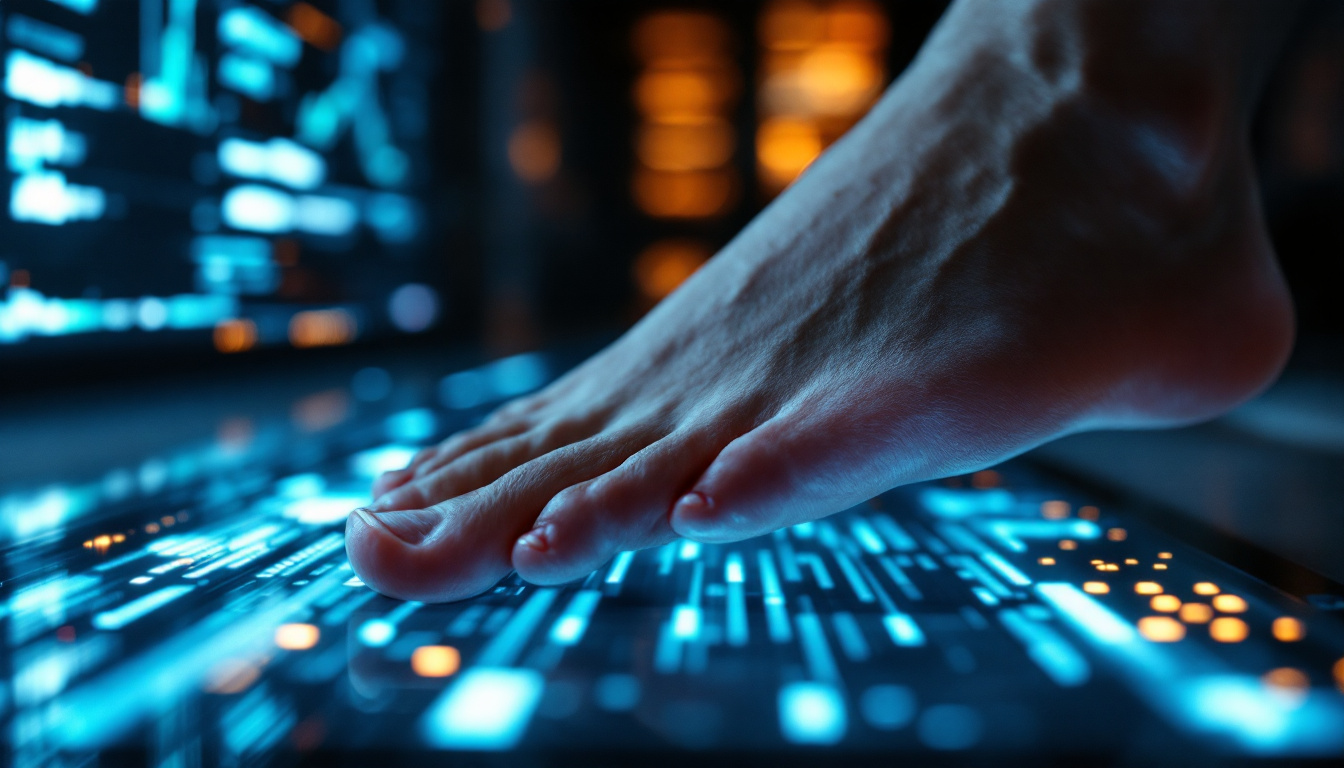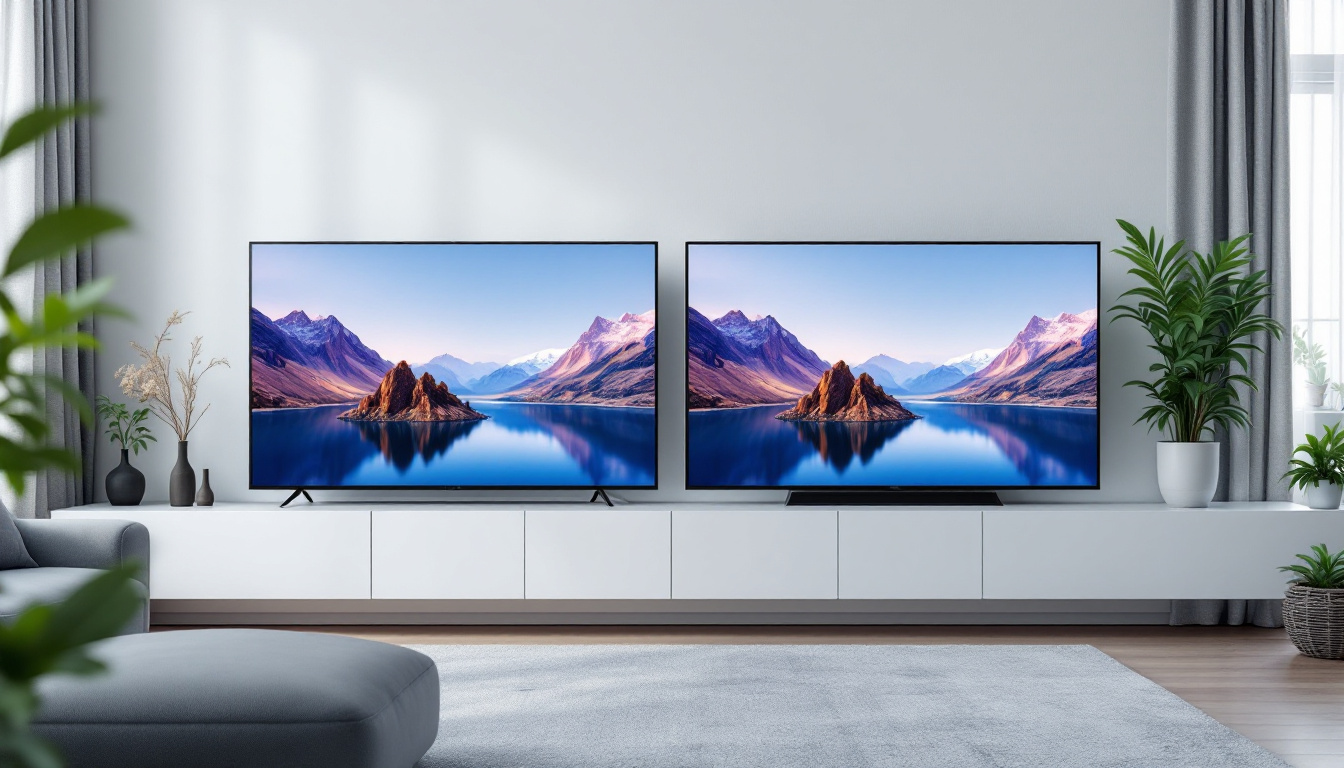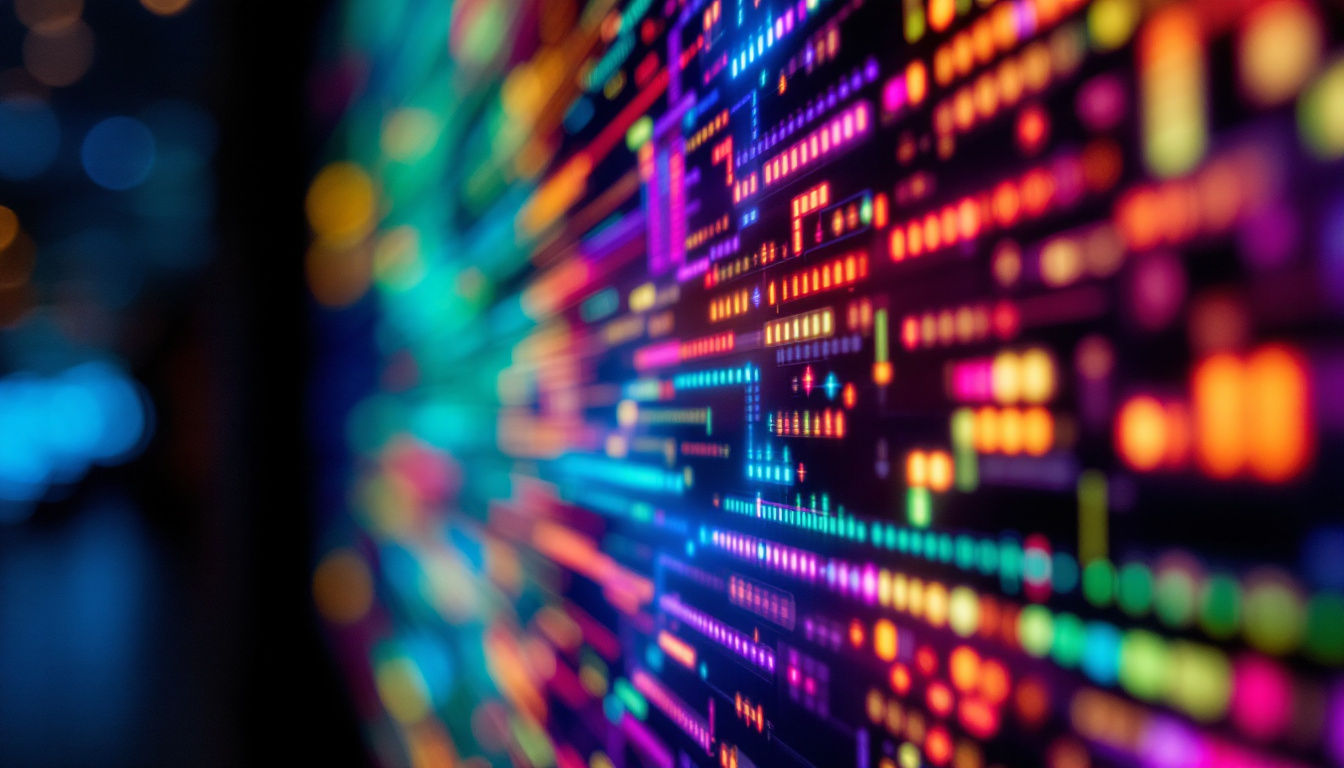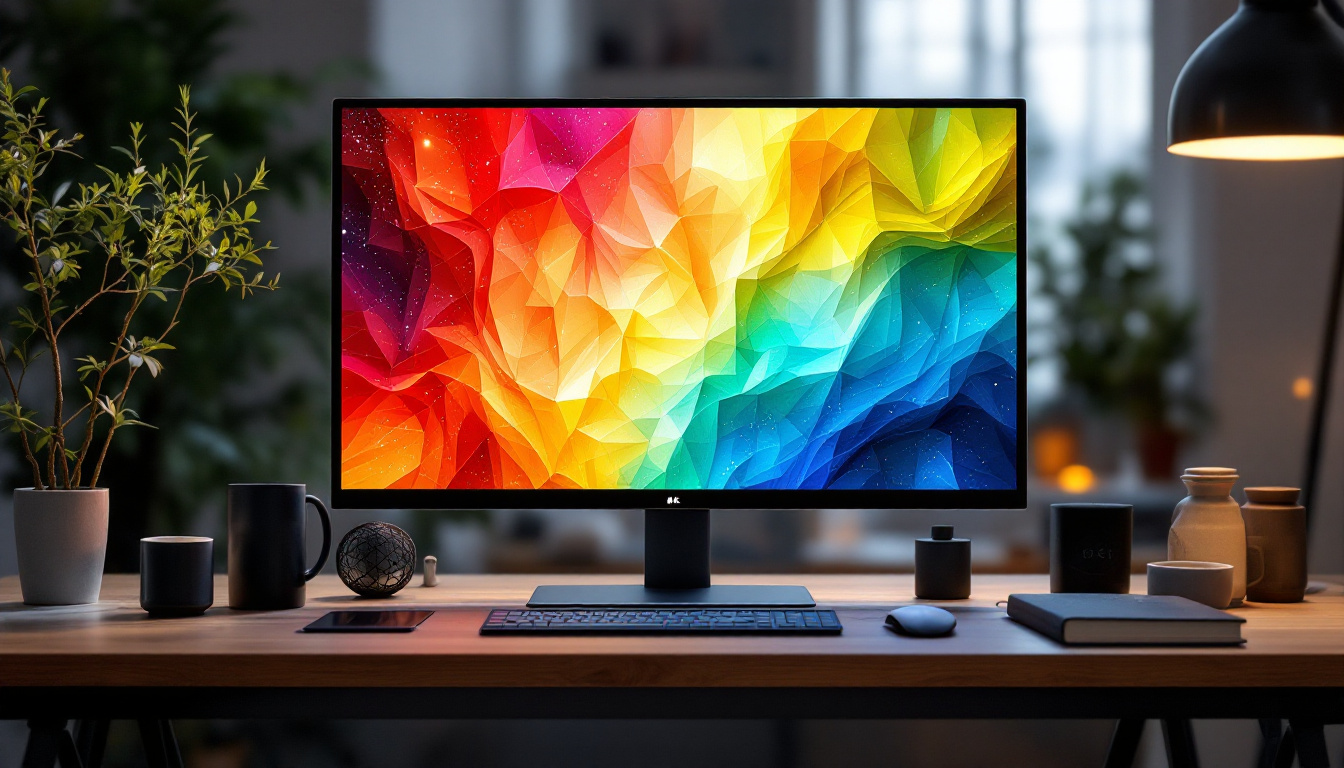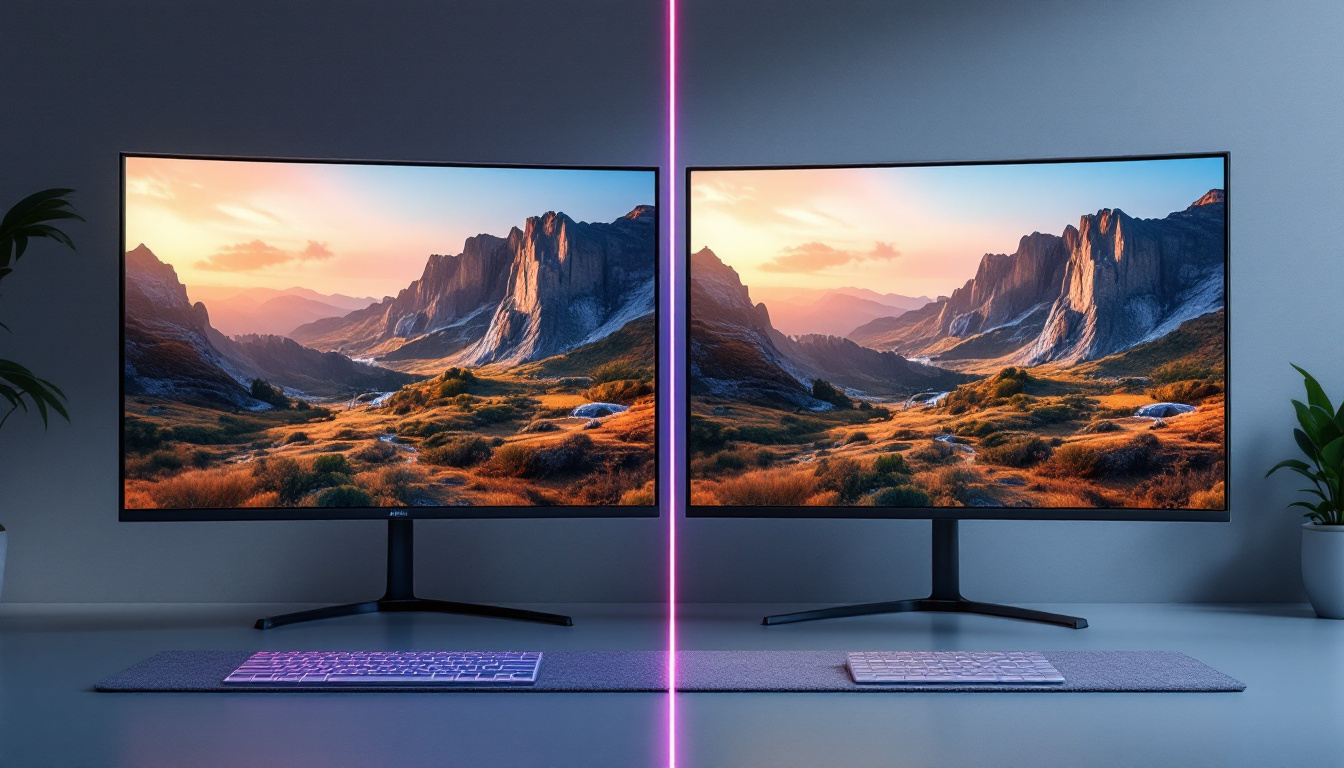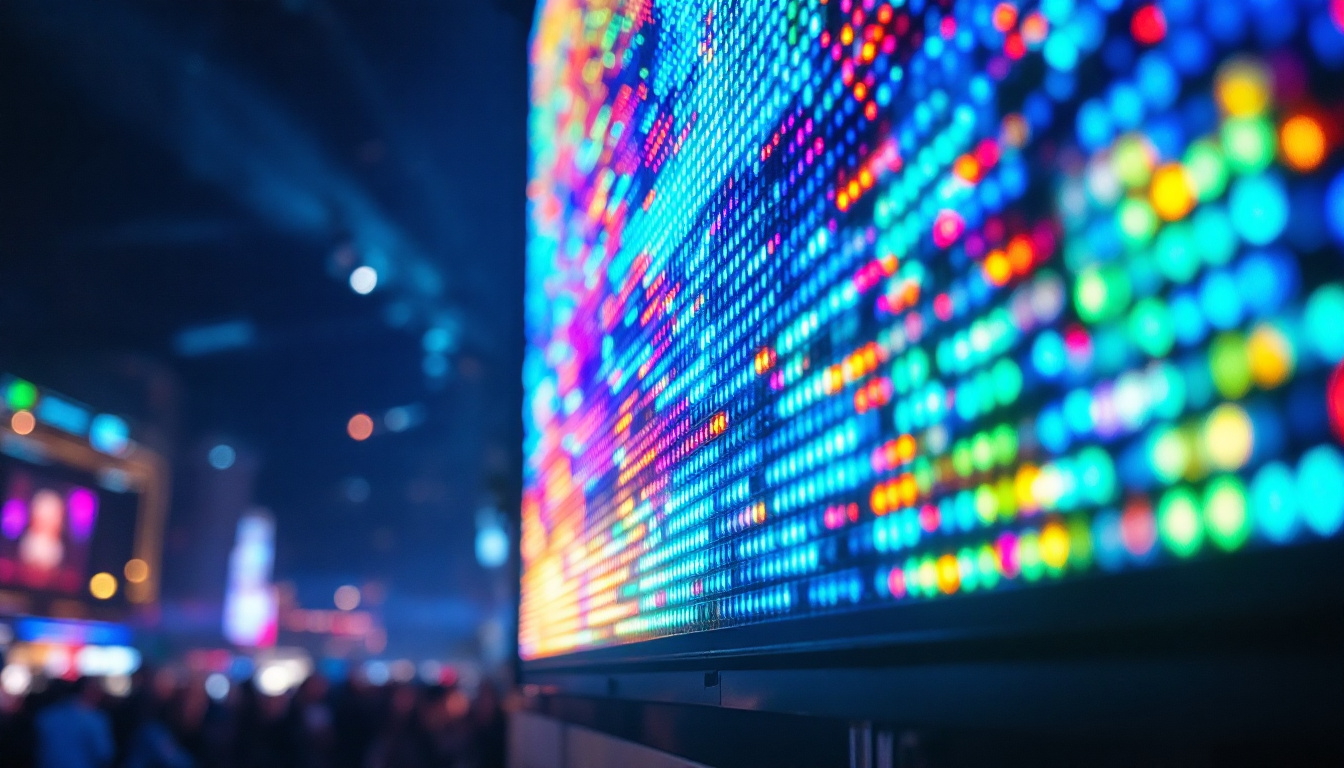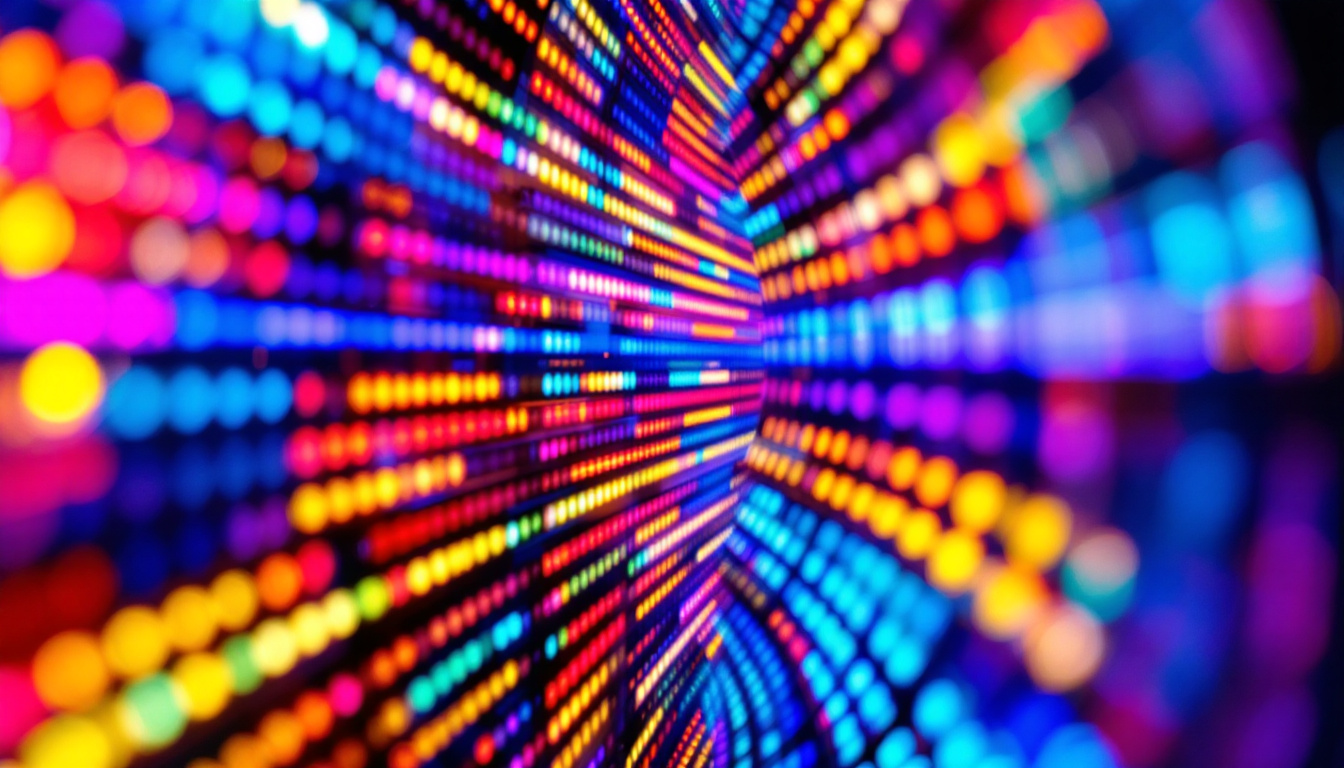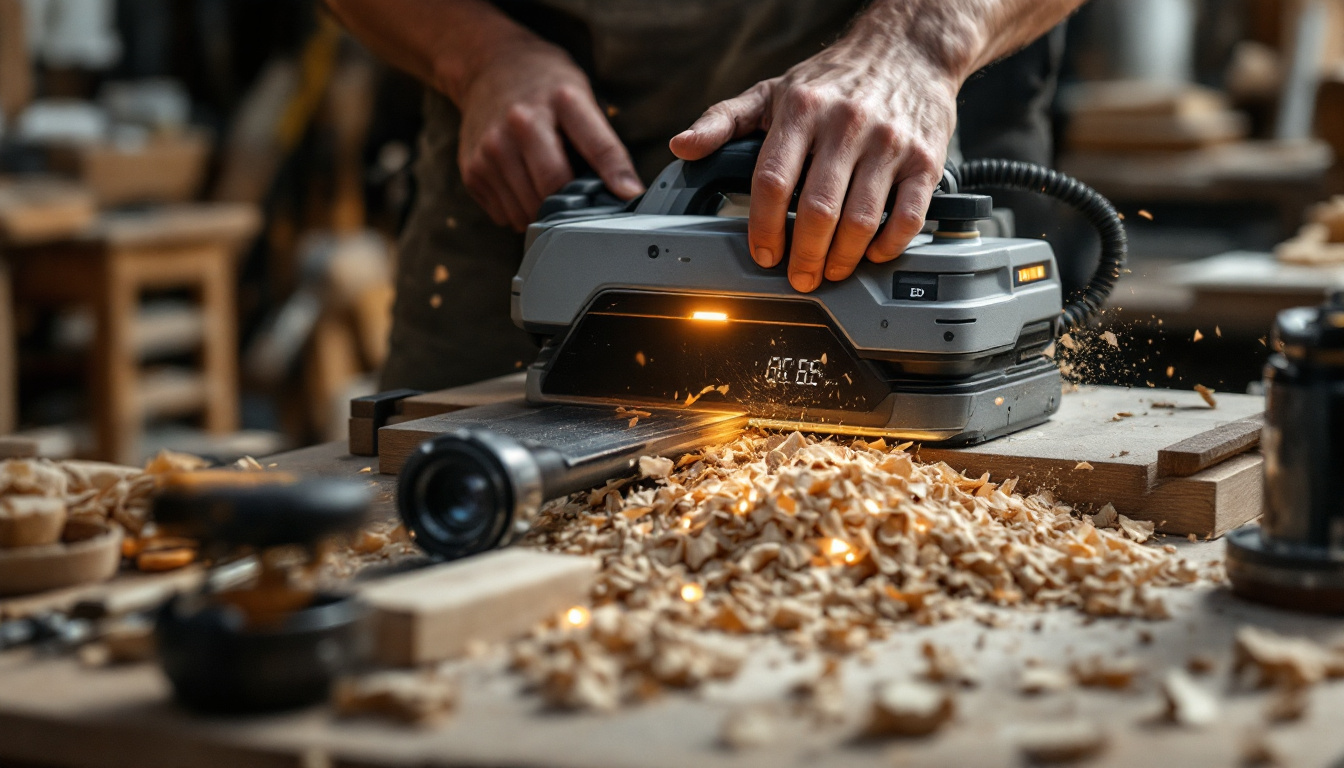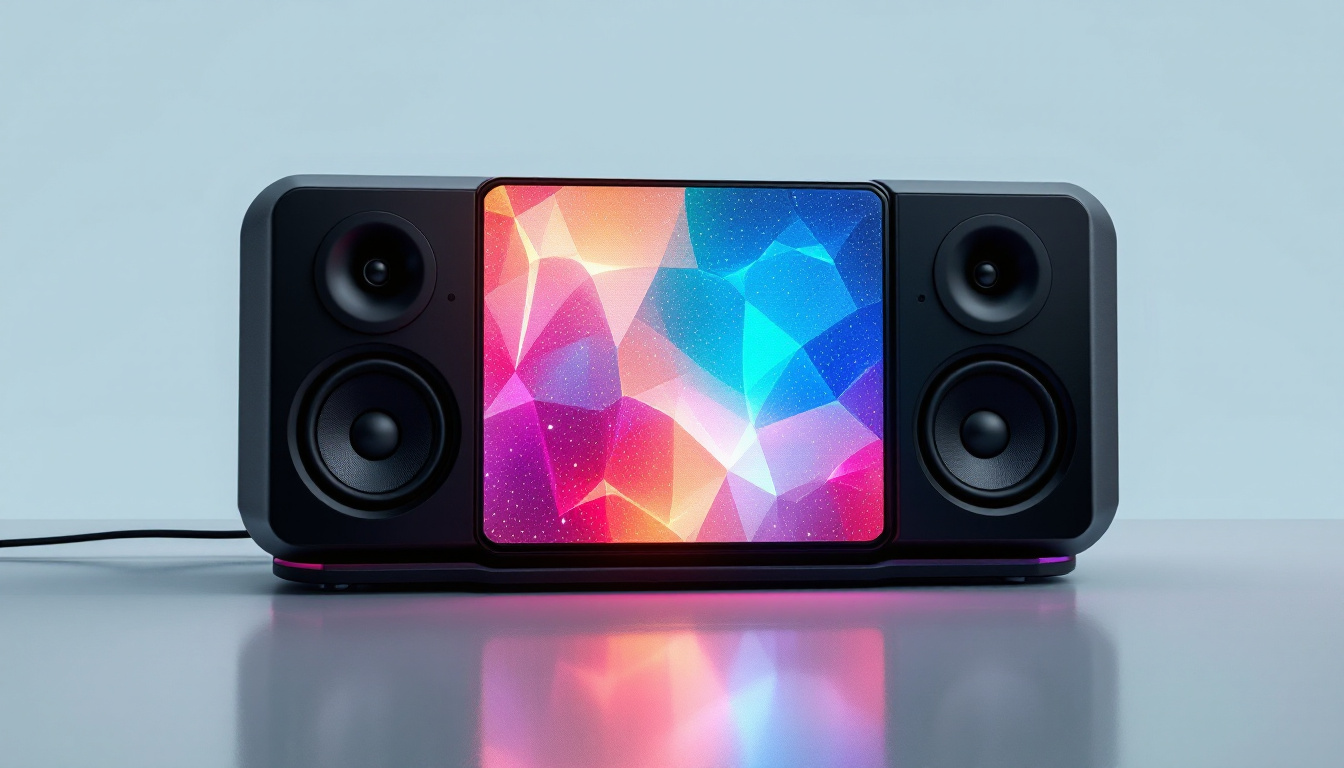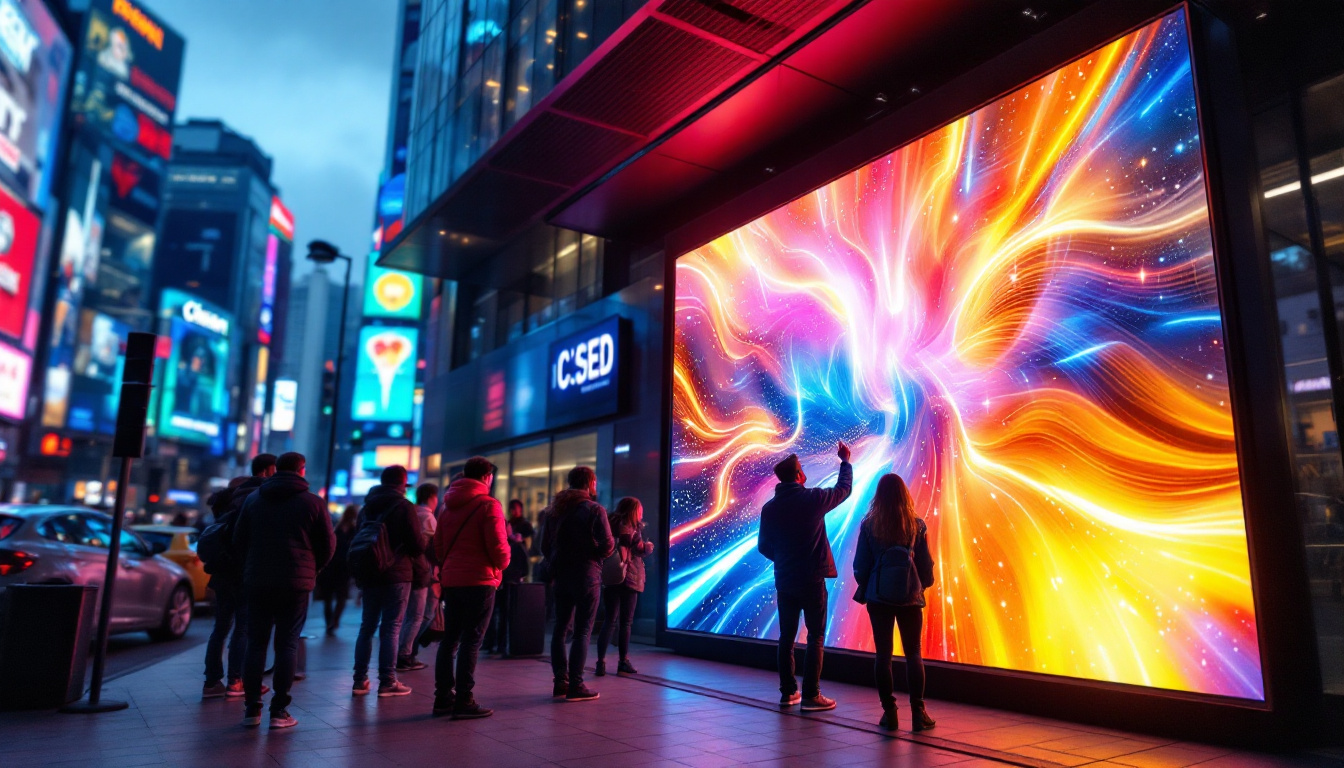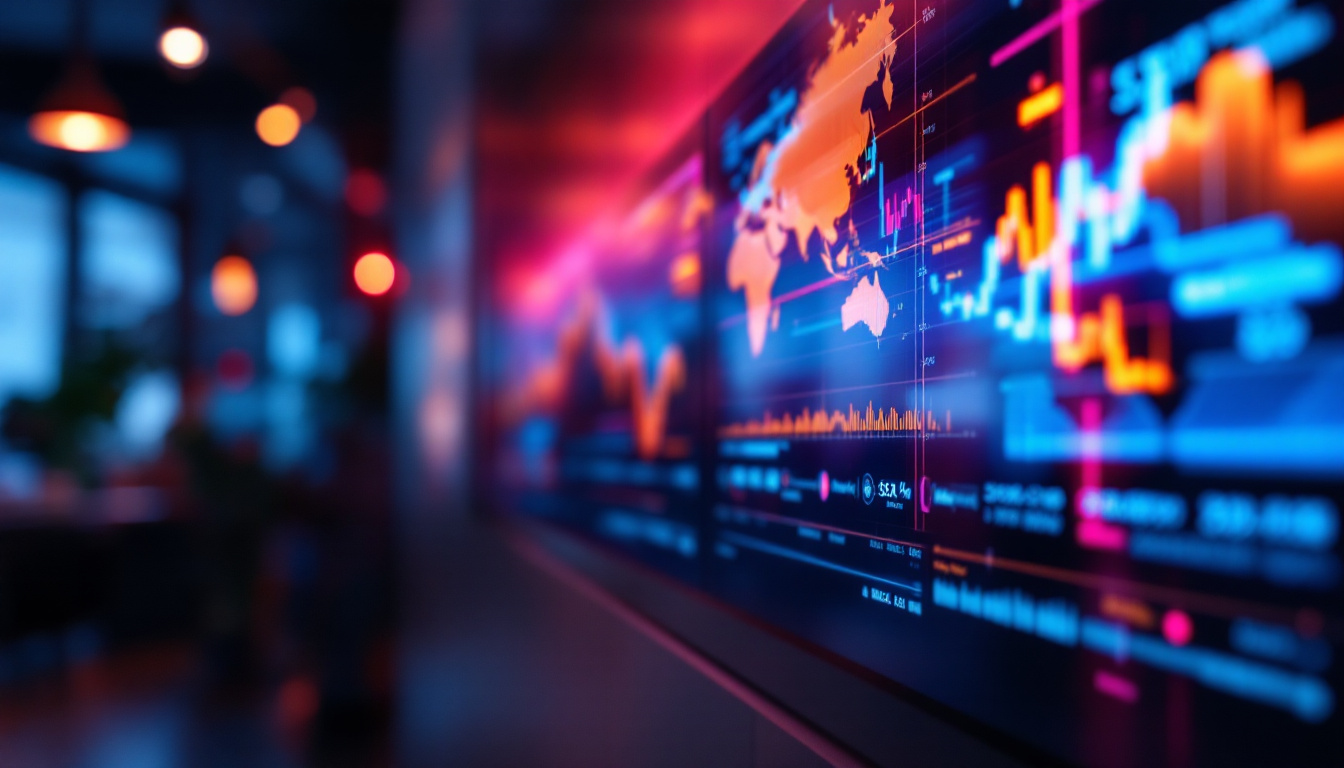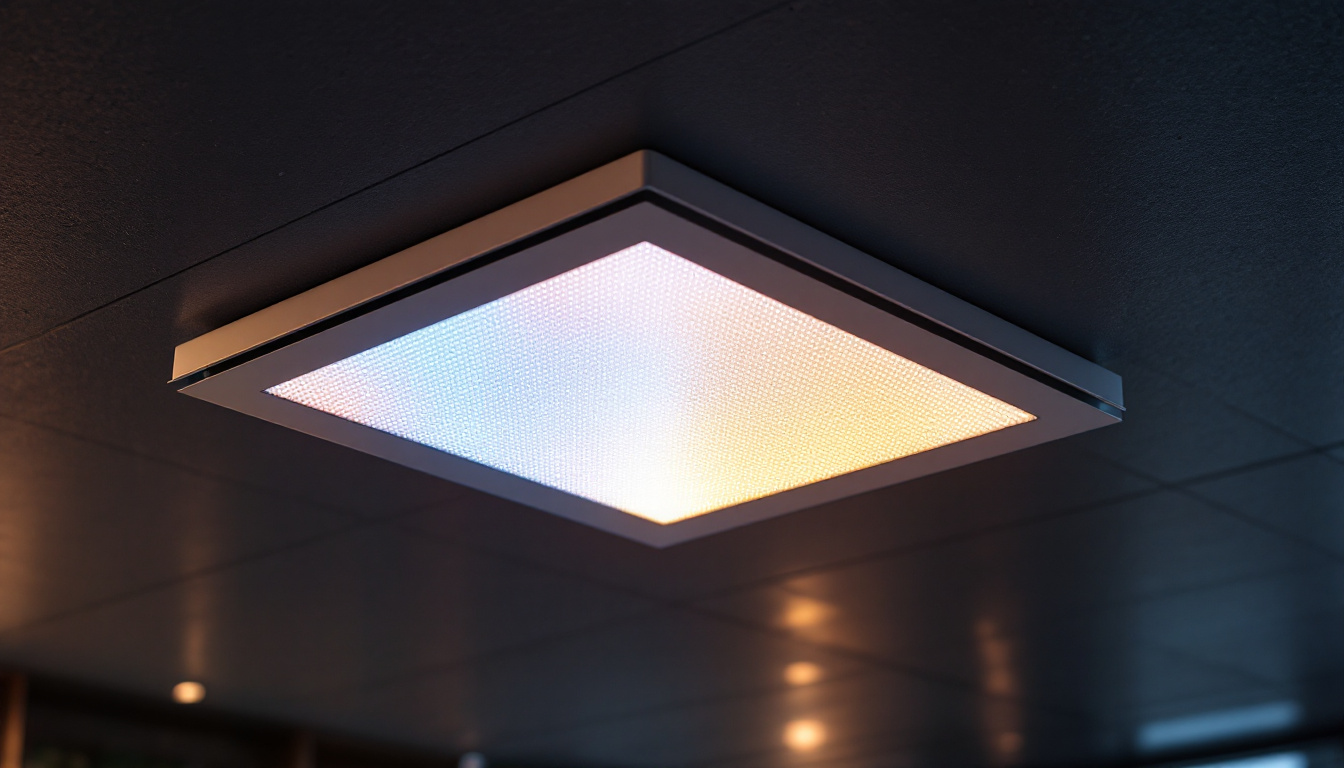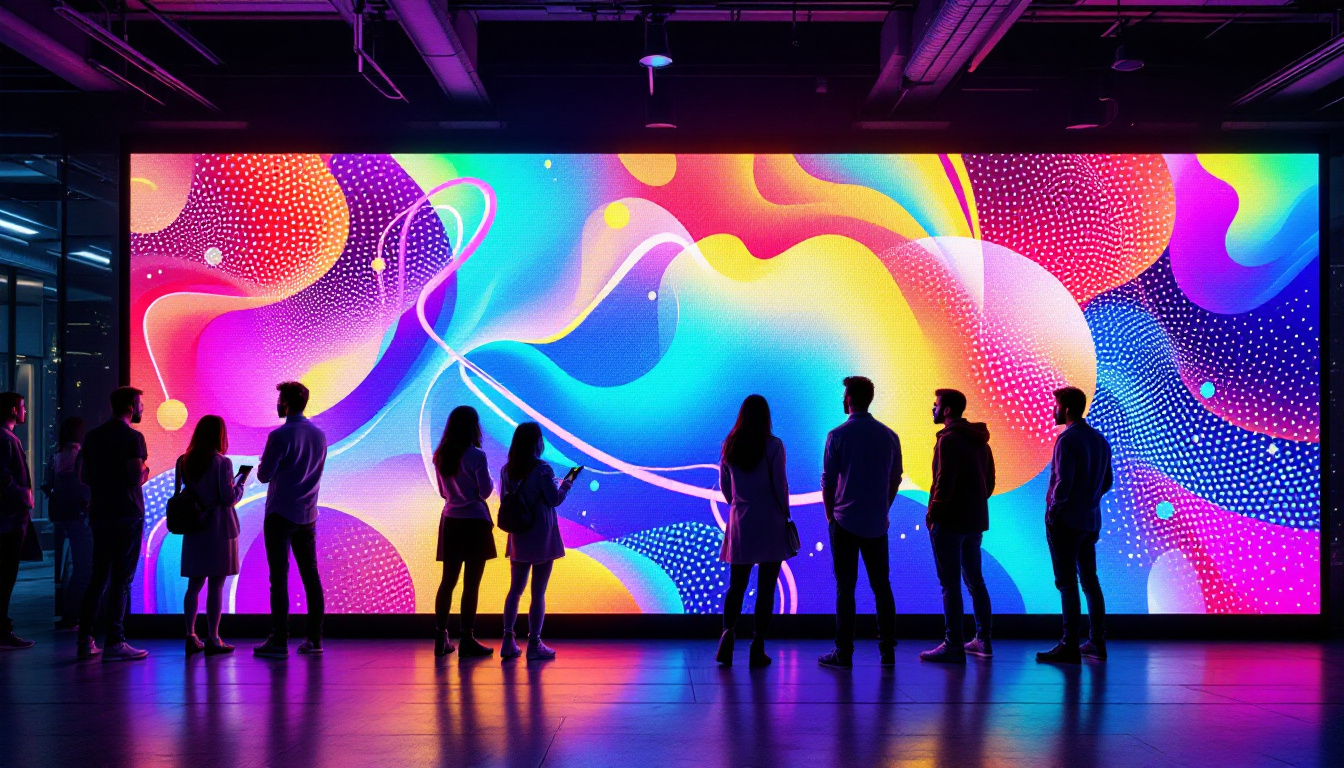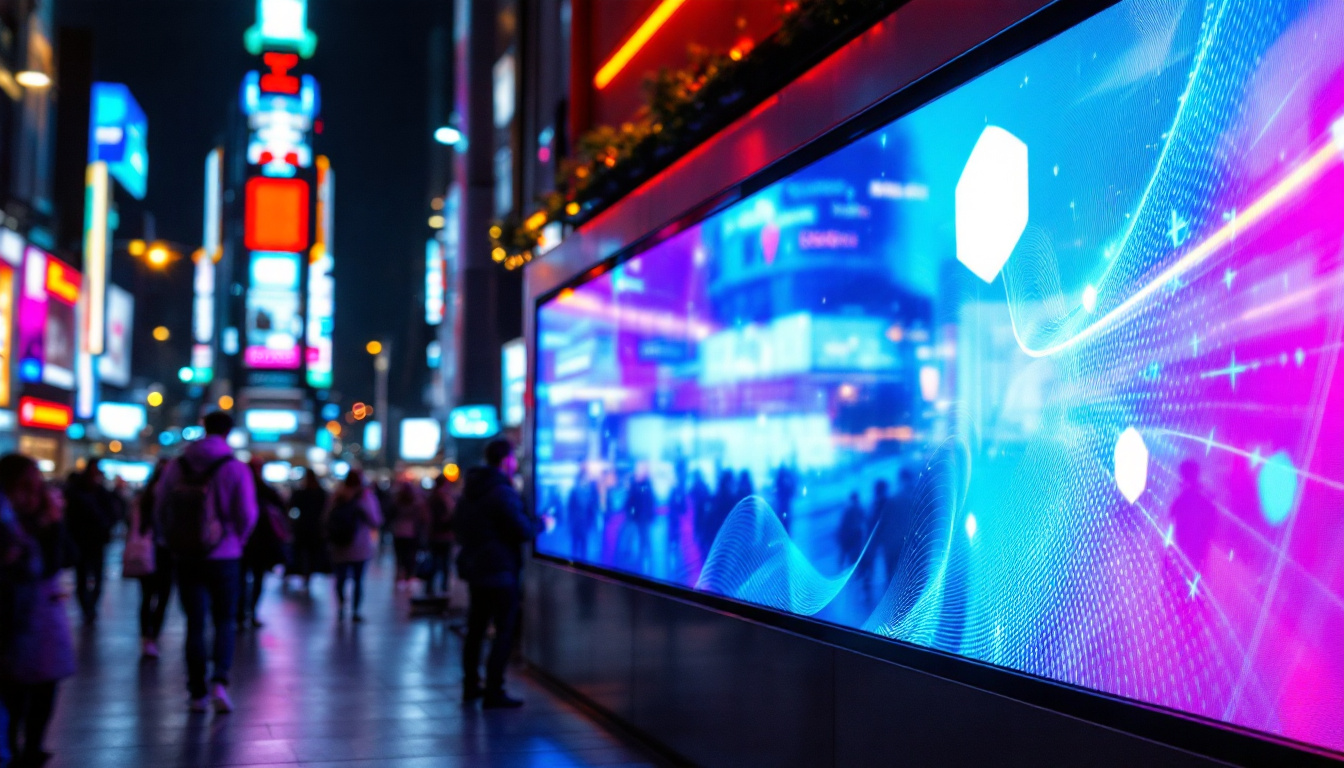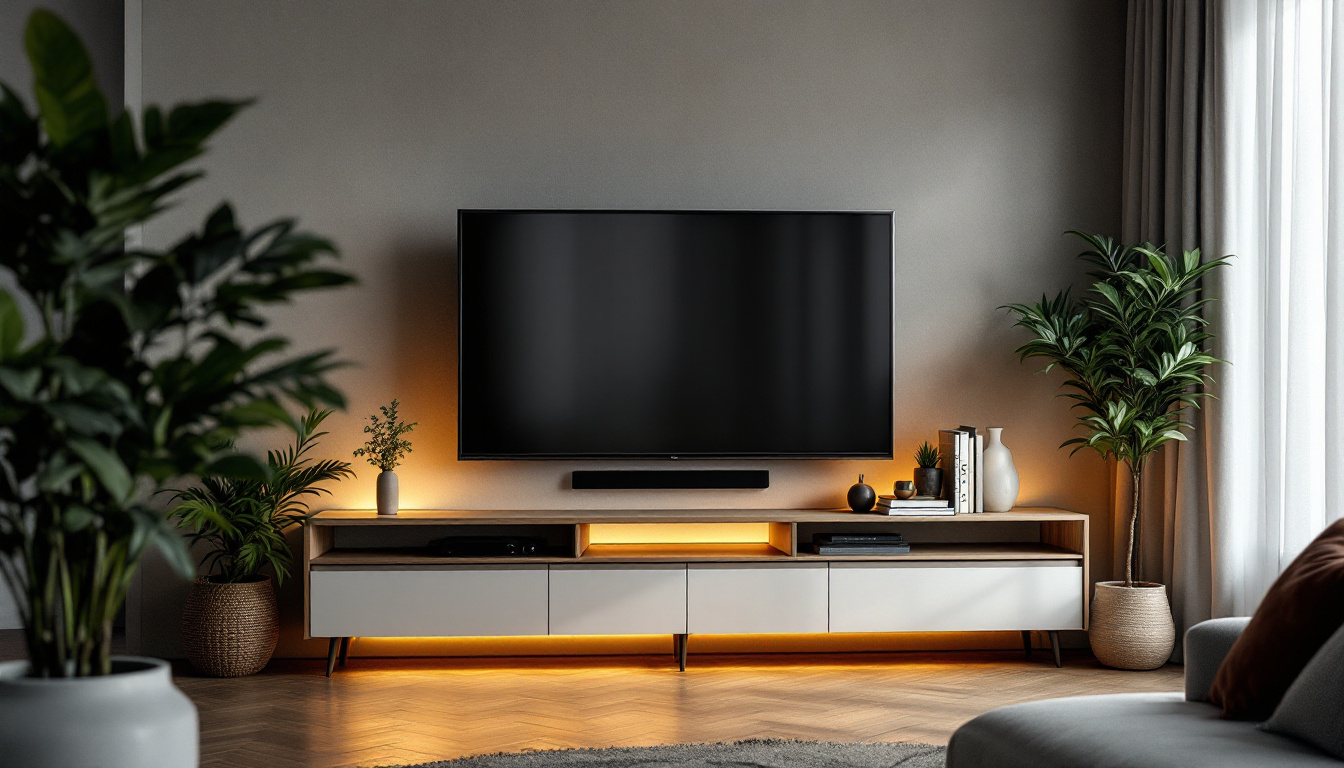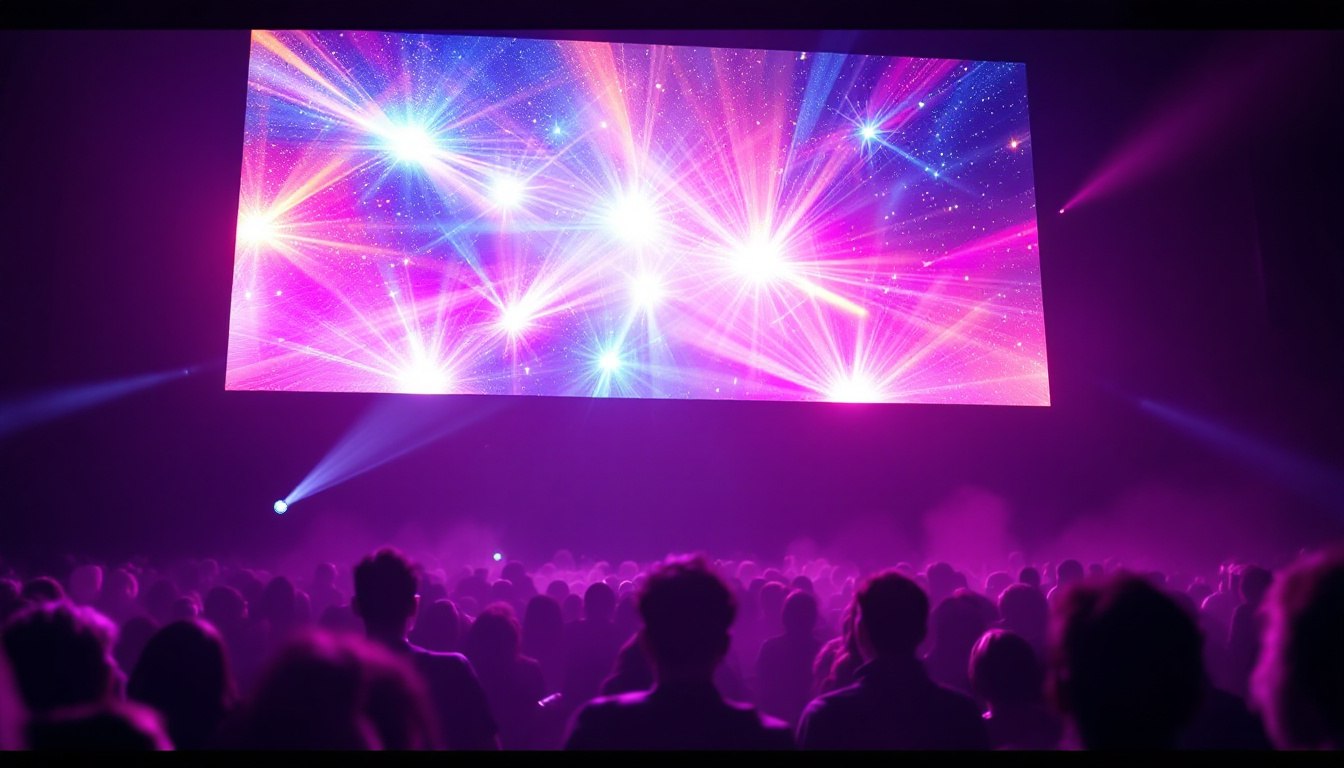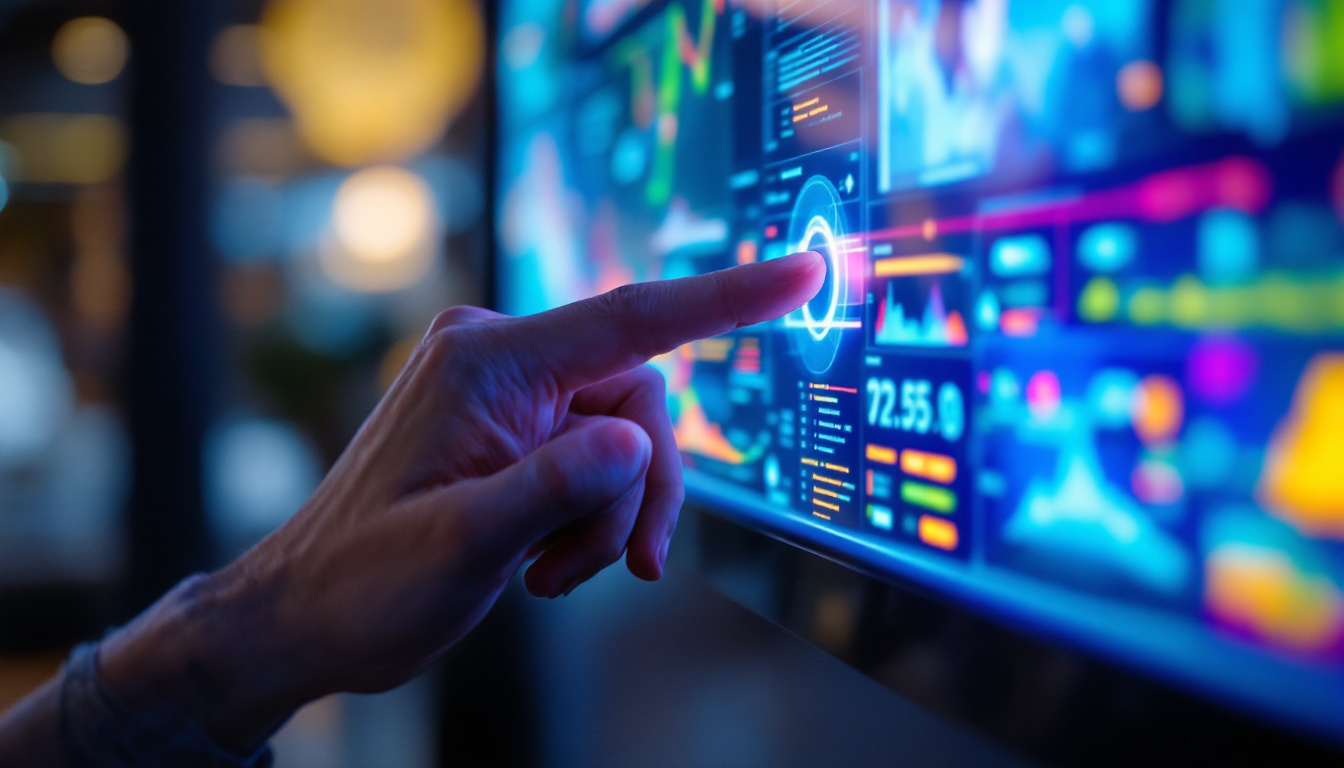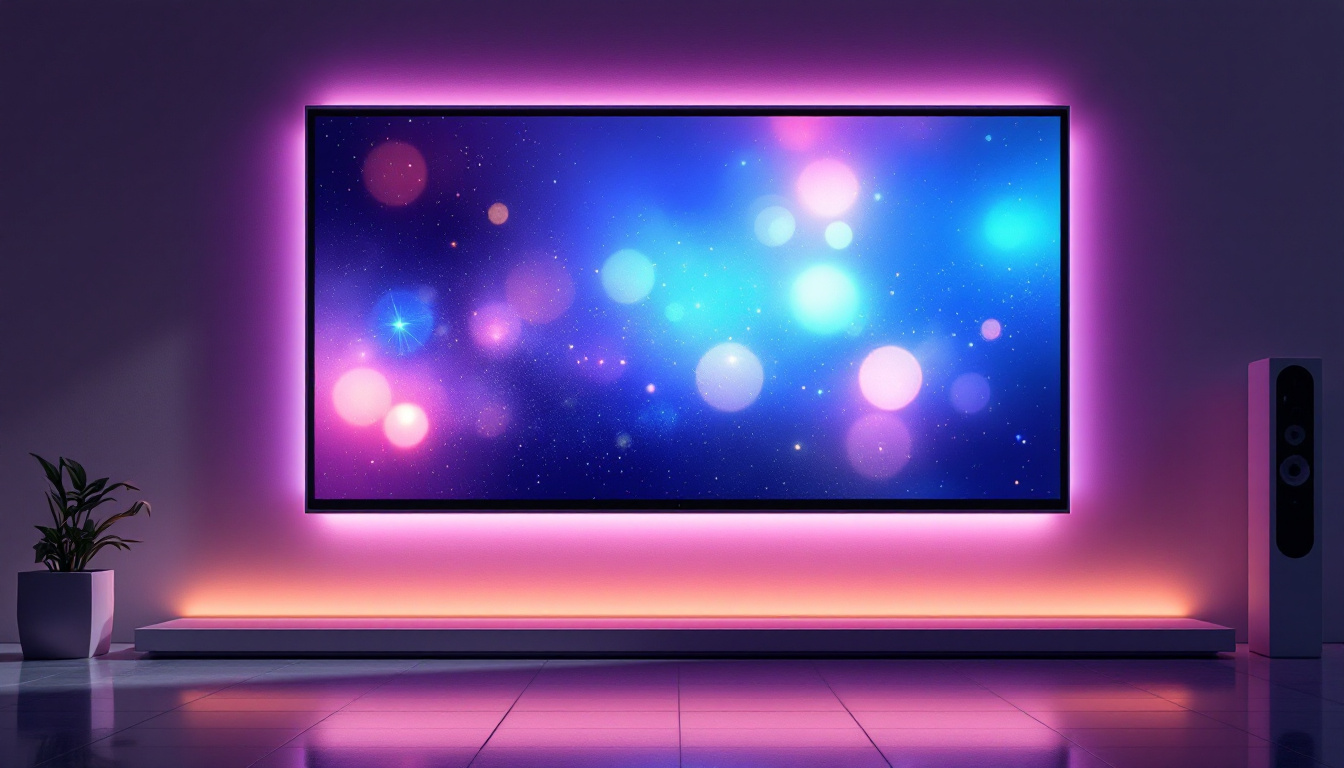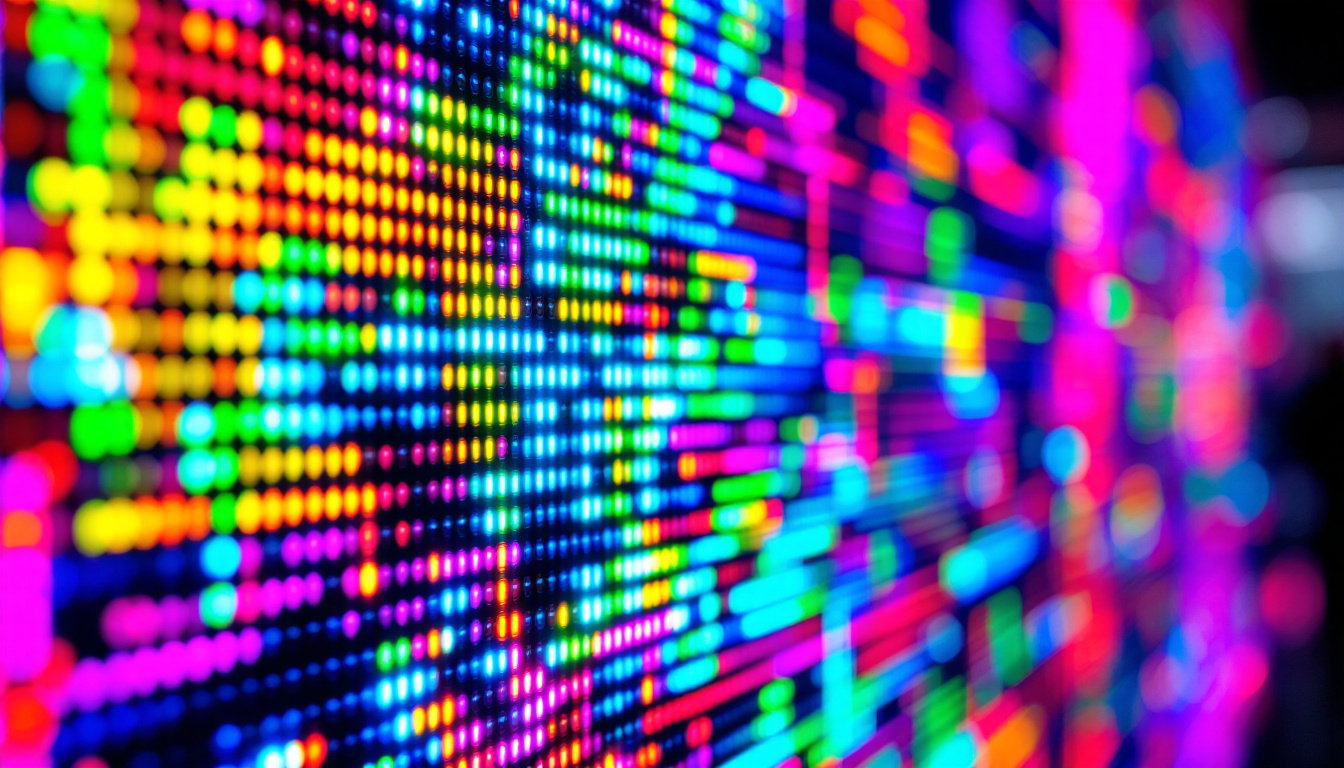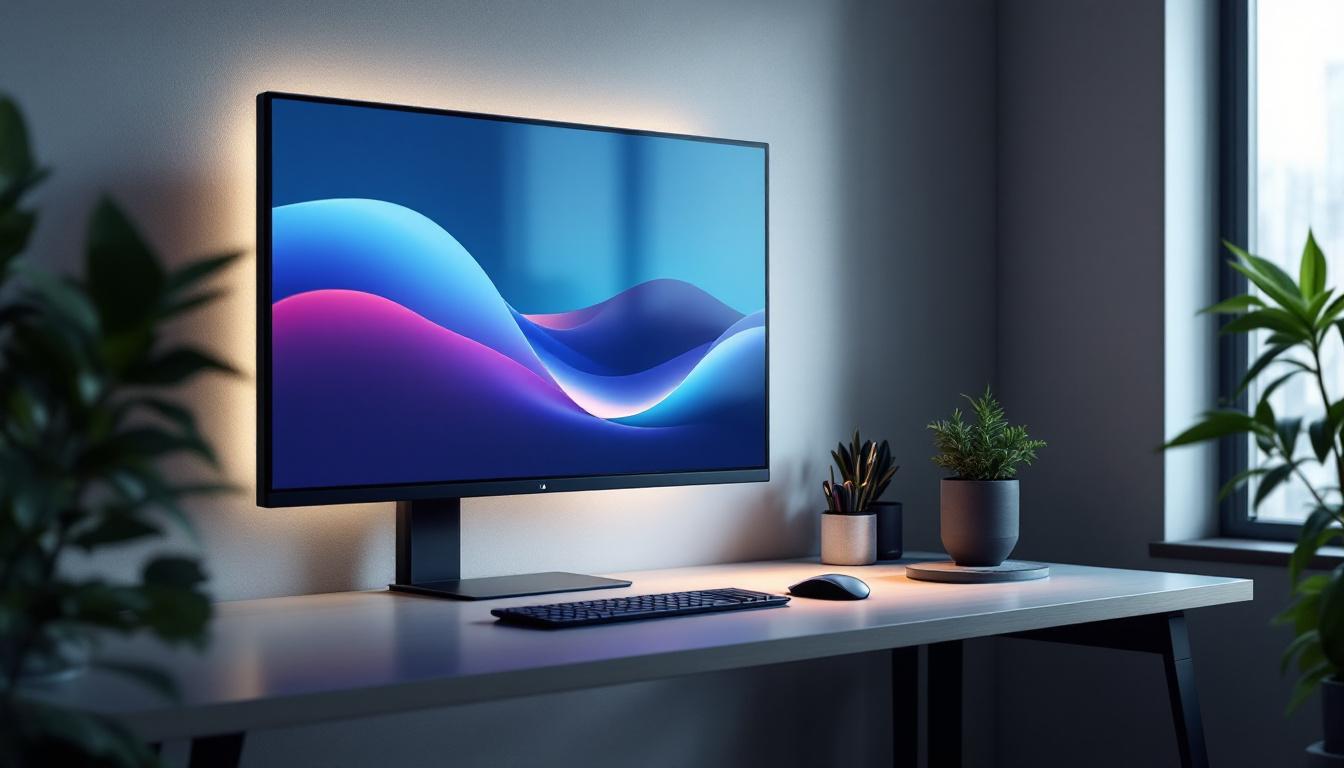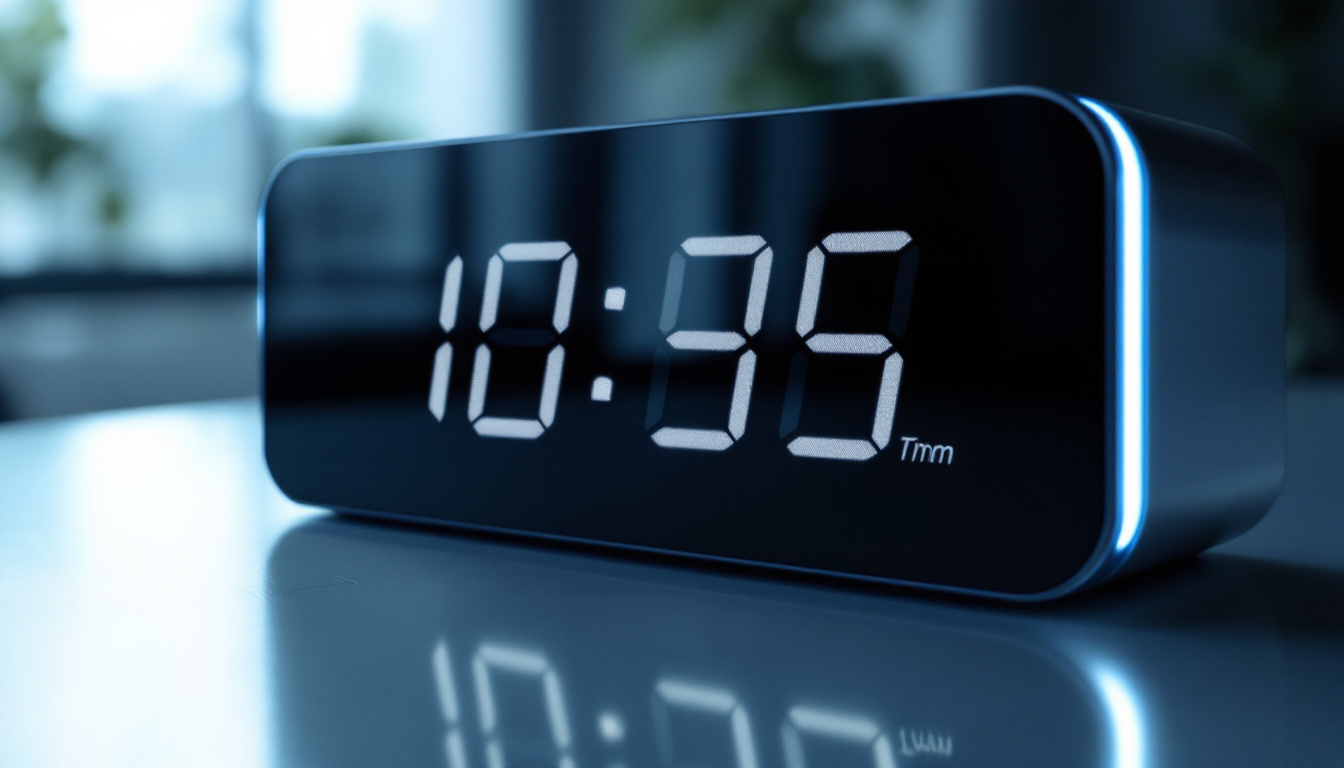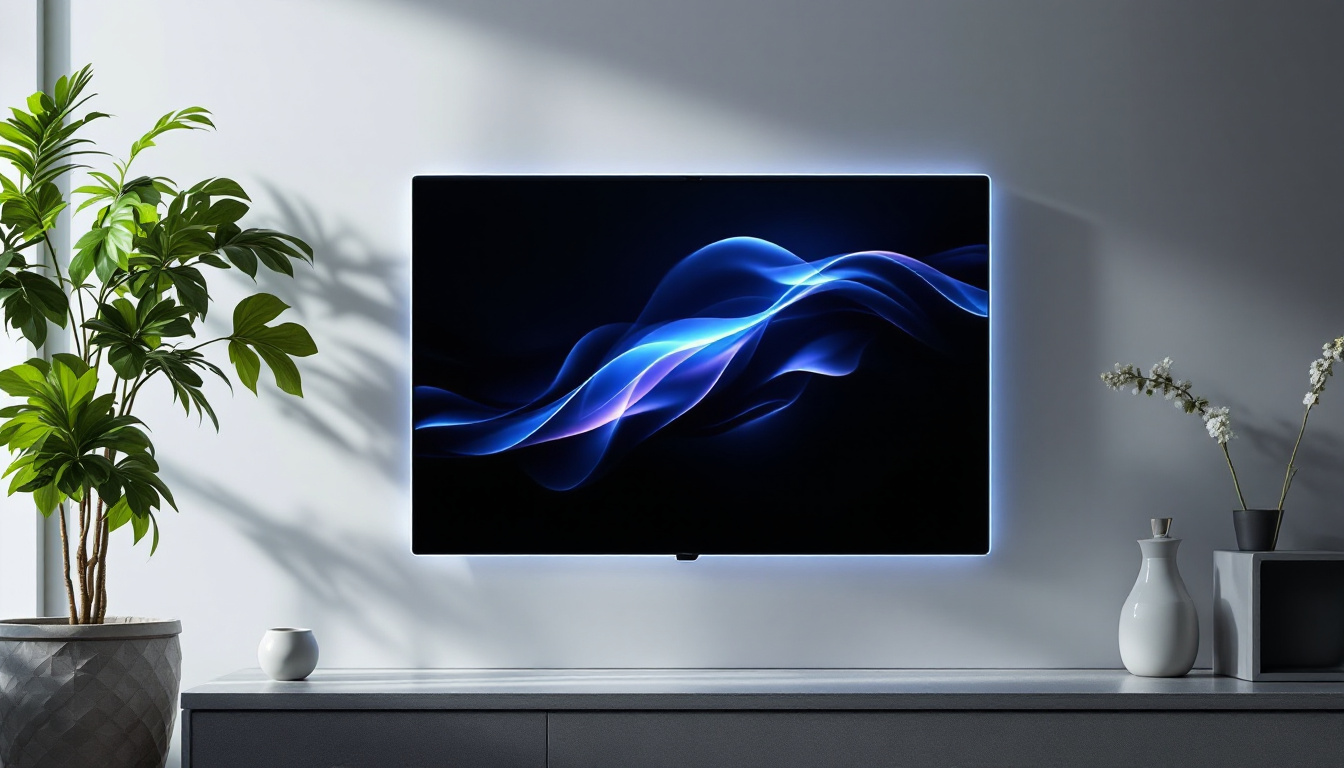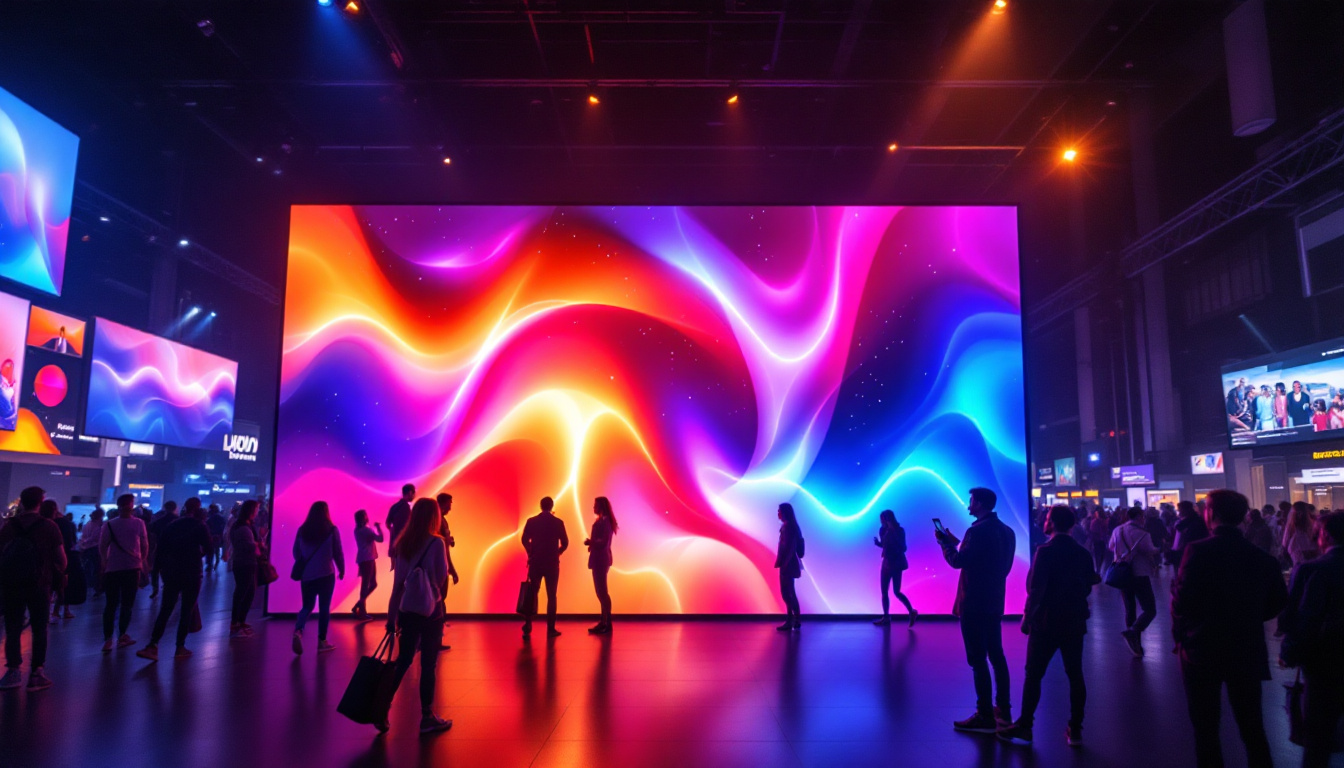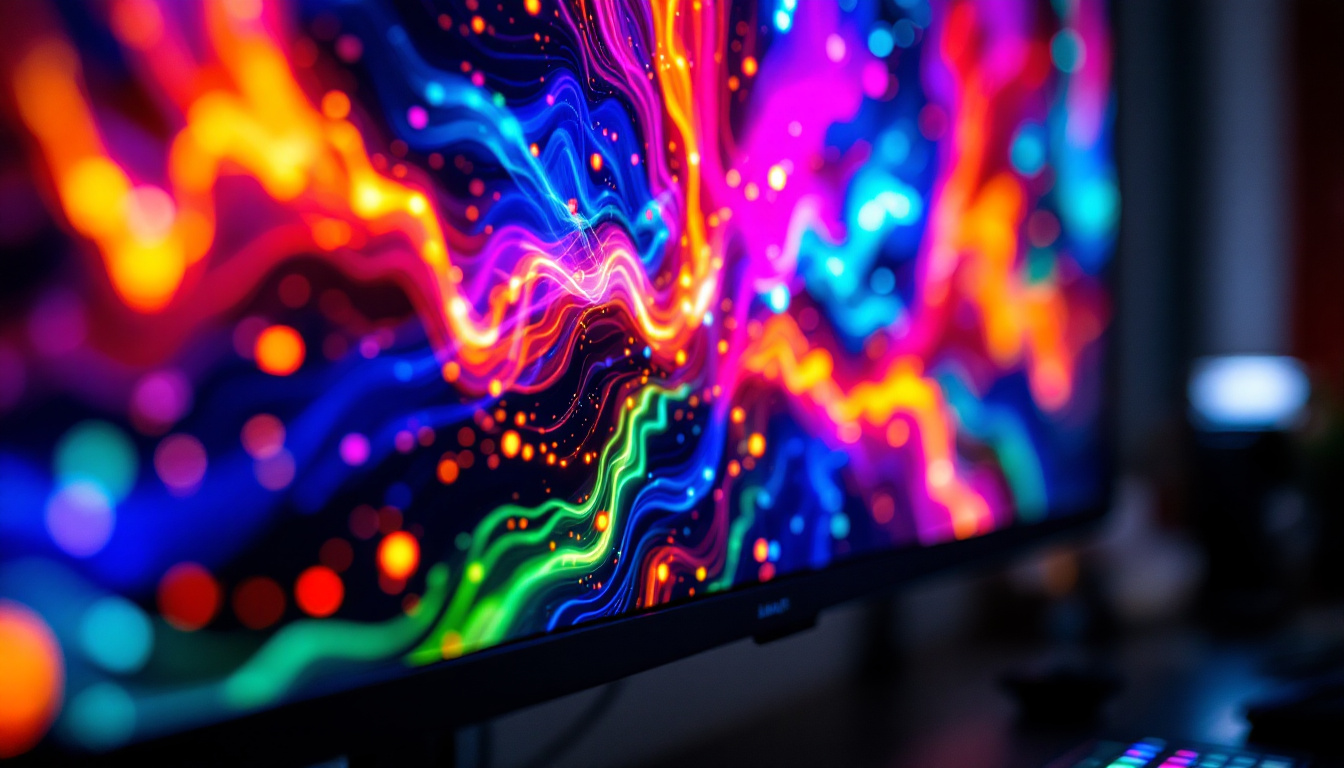The foot’s plantar aspect, often overlooked, plays a crucial role in human anatomy and biomechanics. This area, which refers to the bottom of the foot, is integral not only for mobility but also for balance and overall health. In recent years, advancements in technology have led to the development of LED displays that can provide valuable insights into the plantar aspect of the foot. This article delves into the significance of the plantar aspect, the technology behind LED displays, and how they can enhance our understanding of foot health.
Understanding the Foot Plantar Aspect
The plantar aspect of the foot is the surface that makes contact with the ground. It consists of various structures, including skin, fat pads, muscles, tendons, and ligaments, all of which contribute to its functionality. Understanding these components is essential for appreciating how they interact during movement.
Anatomy of the Plantar Aspect
The plantar aspect is divided into several regions, each serving a unique purpose. The forefoot includes the toes and the metatarsal bones, which bear much of the body’s weight during walking and running. The midfoot comprises a complex structure of bones that provide stability and flexibility, while the hindfoot consists of the heel and ankle, crucial for shock absorption.
Additionally, the plantar fascia, a thick band of tissue running from the heel to the toes, plays a vital role in maintaining the arch of the foot. This structure is essential for distributing weight and absorbing impact, making it a focal point in discussions about foot health. The plantar fat pads, located beneath the heel and metatarsal heads, also serve to cushion and protect the bones and joints, allowing for a more comfortable experience during weight-bearing activities. Together, these components work harmoniously to ensure that the foot can adapt to various surfaces and movements, providing both stability and mobility.
Importance of the Plantar Aspect in Biomechanics
Biomechanics refers to the study of movement and the forces acting on the body. The plantar aspect is fundamental in this field, as it directly influences gait and posture. A well-functioning plantar surface allows for efficient movement, while abnormalities can lead to pain and injury.
For example, issues such as flat feet or high arches can significantly affect how forces are distributed across the foot. This can result in conditions like plantar fasciitis, Achilles tendinitis, or even knee and hip problems. Understanding the plantar aspect is crucial for developing effective treatment and prevention strategies. Furthermore, the role of proprioception—our body’s ability to sense its position and movement in space—cannot be overlooked. The plantar aspect is rich in sensory receptors that provide feedback to the brain, allowing for adjustments in posture and movement. This feedback loop is vital for athletes and active individuals, as it enhances performance and reduces the risk of injury by promoting better alignment and balance during dynamic activities.
LED Display Technology: A Game Changer
LED (Light Emitting Diode) display technology has revolutionized various fields, including healthcare. In the context of foot health, LED displays can provide real-time feedback on the plantar aspect, offering insights that were previously difficult to obtain. This technology is particularly beneficial for athletes, podiatrists, and individuals with foot-related issues.
How LED Displays Work
LED displays function by emitting light through semiconductor materials, allowing for bright, energy-efficient screens. In the context of foot analysis, specialized sensors are embedded in the display to capture pressure distribution and other biomechanical data as a person walks or stands.
These sensors detect variations in pressure across the plantar surface, translating this information into visual data that can be easily interpreted. The result is a dynamic representation of how weight is distributed across the foot, enabling users to identify potential issues and make informed decisions about their foot health.
Applications of LED Displays in Foot Health
The applications of LED display technology in foot health are vast. One of the most significant uses is in gait analysis, where the pressure patterns of the foot can be monitored during various activities. This information is invaluable for athletes seeking to improve performance and reduce the risk of injury.
Moreover, healthcare professionals can utilize LED displays to assess patients with chronic foot conditions. By visualizing pressure distribution, practitioners can tailor treatment plans, recommend orthotics, or suggest specific exercises to improve foot function.
In addition to clinical settings, LED displays are increasingly being integrated into consumer products, such as smart insoles and fitness trackers. These devices can provide users with ongoing feedback about their foot mechanics, allowing for proactive management of foot health. For instance, runners can receive alerts when their gait deviates from optimal patterns, helping to prevent injuries before they occur. Furthermore, the data collected can be synced with mobile applications, offering users a comprehensive overview of their foot health over time.
Another exciting application of LED display technology is in the realm of rehabilitation. Physical therapists can use these displays to create interactive environments where patients can engage in targeted exercises. The visual feedback provided by LED displays can motivate patients to improve their performance and adherence to rehabilitation protocols, making the recovery process more effective and enjoyable. As technology continues to advance, the potential for LED displays in foot health is boundless, paving the way for innovative solutions that enhance both prevention and treatment strategies.
Benefits of Using LED Displays for Plantar Analysis
The integration of LED displays into foot health assessments offers numerous advantages. These benefits extend beyond mere data collection, impacting overall patient care and athletic performance.
Enhanced Visualization of Foot Mechanics
One of the primary benefits of LED displays is their ability to provide clear, visual representations of foot mechanics. Traditional methods of foot assessment often rely on subjective interpretations, which can lead to inconsistencies in diagnosis and treatment.
With LED displays, practitioners can observe real-time data on pressure points and weight distribution, allowing for more accurate assessments. This enhanced visualization aids in identifying specific problem areas, leading to targeted interventions. Furthermore, the dynamic nature of LED technology allows for the display of various metrics, such as gait analysis and balance assessments, which can be crucial for athletes looking to optimize their performance. By visualizing these metrics, healthcare providers can develop personalized training regimens that address individual biomechanical issues, ultimately enhancing athletic capabilities and reducing the risk of injury.
Increased Patient Engagement and Understanding
Patients often struggle to understand the complexities of their foot health. LED displays bridge this gap by providing visual feedback that is easy to comprehend. When patients can see how their foot mechanics affect their overall health, they are more likely to engage in their treatment plans.
This increased understanding can lead to better adherence to prescribed exercises, orthotic use, and lifestyle modifications, ultimately improving patient outcomes. Additionally, the interactive nature of LED displays can foster a more collaborative environment between patients and practitioners. By allowing patients to visualize their progress over time, they can see the tangible effects of their efforts, which can be incredibly motivating. This empowerment not only enhances compliance but also encourages patients to take an active role in their health journey, leading to a more holistic approach to foot care.
Challenges and Considerations
While the benefits of LED displays in foot analysis are clear, there are also challenges and considerations to keep in mind. Understanding these factors is crucial for maximizing the effectiveness of this technology.
Cost and Accessibility
One of the primary challenges associated with LED display technology is the cost. High-quality systems can be expensive, potentially limiting access for some healthcare providers and patients. This financial barrier may hinder widespread adoption, particularly in smaller clinics or underserved areas.
Efforts to reduce costs and improve accessibility are essential for ensuring that the benefits of this technology reach a broader audience. As the technology continues to evolve, it is hoped that more affordable solutions will emerge.
Training and Expertise
Another consideration is the need for proper training and expertise in utilizing LED displays effectively. Healthcare professionals must be equipped with the knowledge to interpret the data accurately and integrate it into their practice.
ongoing education and training programs will be crucial in ensuring that practitioners can leverage this technology to its fullest potential, ultimately benefiting their patients.
The Future of LED Displays in Foot Health
The future of LED display technology in foot health looks promising. As advancements continue to emerge, the potential applications and benefits are likely to expand significantly.
Integration with Other Technologies
One exciting area of development is the integration of LED displays with other technologies, such as wearable devices and mobile applications. This convergence could allow for continuous monitoring of foot health, providing users with real-time feedback and personalized recommendations.
For instance, a smart insole equipped with sensors could communicate with a mobile app, displaying pressure data on an LED screen. This integration would empower users to take proactive steps in managing their foot health, enhancing overall well-being.
Research and Innovation
Ongoing research into foot biomechanics and the role of the plantar aspect will likely drive further innovation in LED display technology. As scientists and engineers collaborate to develop more sophisticated sensors and algorithms, the accuracy and functionality of these displays will improve.
This research not only has the potential to enhance athletic performance but also to contribute to the prevention and treatment of various foot-related conditions.
Conclusion
The plantar aspect of the foot is a vital component of human anatomy, influencing mobility, balance, and overall health. LED display technology has emerged as a powerful tool in analyzing and understanding this area, offering valuable insights for both healthcare professionals and patients.
While challenges remain in terms of cost and accessibility, the benefits of enhanced visualization, increased patient engagement, and the potential for integration with other technologies make LED displays a promising advancement in foot health. As research and innovation continue, the future of foot analysis looks brighter than ever, paving the way for improved outcomes and a deeper understanding of the complexities of the human foot.
Discover the Future of Foot Health with LumenMatrix
Embrace the innovative world of LED display technology for a deeper insight into the plantar aspect of the foot. LumenMatrix is at the forefront of this revolution, offering an array of LED display solutions that cater to a wide range of applications, including healthcare. Whether you’re a healthcare professional looking to enhance patient care or an individual seeking to improve your foot health, LumenMatrix provides the tools you need to visualize and analyze foot mechanics like never before. Check out LumenMatrix LED Display Solutions today and step into a new era of foot health management.

